Leg day is done. Next begins the onset of the dreaded leg soreness. Like the changing of seasons, it’s inevitable. The legs don’t always have to be incredibly sore but most of the time they are.
You may not be able to stop them from getting sore but you can help your legs recover faster. In this article, we’ll look at why your legs get sore after working out and then into how to recover from leg day faster.
Why Do Your Legs Get Sore After Working Out
Your legs get sore because of Delayed Onset Muscle Soreness (DOMS) which is a broad term to describe what you already know. The intensity increases for the first 24 hours and typically peaks 24 to 48 hours and subsides between 5 to 7 days after exercising. So what is DOMS?
The specifics of DOMS are still unknown. There are several theories that exist and it’s hypothesized that all of them together create the DOMS sensation.
Theory #1: Muscle Trauma
- Microscopic structural damage to the muscle occurs, typically during the eccentric phase, during exercise.
- Sarcolemma (muscle cell membrane) damage results in an imbalance of calcium in the muscle fibers.
- Immune system and other contents accumulate in the area which stimulate nerve endings, creating the sensation of DOMS.
During the sore phase after exercise it can hinder muscular performance thereby decreasing the capacity of the muscle to produce force.
To summarize, your legs get sore after exercise because you’ve stressed them to the point of microscopic damage. The covering sheaths of muscle and inner structures need repairing, which is done in part by your immune system and other molecules. As they come into the area to heal they’re stimulating nerve endings that are creating the sensation of soreness.
This is all good because having proper time to heal will make the muscles stronger and bigger.
Theory #2: Oxidative Stress
There’s another theory that states it’s not muscle trauma but damage from oxidative stress. When a cell goes through the metabolic process there are by products as a result. One of the by products can be a free radical oxygen molecule, which can cause damage to the sarcolemma (muscle cell membrane).
What It’s NOT:
- Lactic Acid buildup – only happens during workouts and shortly after as a by product of metabolism.
How To Recover From Leg Day Faster
Now that we’ve shown why legs get sore after exercise, let’s look at how to recover from leg day faster. This will be a mixture of free things you can do today and of paid services or products that will help you recover better from exercise.
1. Sleep

Sleep is going to be an enormous factor in determining how well you’re recovering from exercise. Sleep gives your body a chance to rebuild the damage that was done, clean out toxins and refresh your brain.
When you haven’t gotten enough sleep cortisol can run wild through your blood like the bulls through the streets in Spain. Too high of cortisol can interrupt muscle growth, adding more stress to the body and creating an even more lethargic, worn out, feeling.
I understand everyone would like to get good sleep but sometimes have a difficult time due to kids, circumstances or overthinking at night. I’ve been through plenty of that in my life and still sometimes struggle from sleep interruption. But I didn’t start feeling refreshed most days until I did everything I could to find ways to get better sleep. Some things you can try are deep breathing while sitting in bed or listening to a guided sleep meditation for a few minutes.
Sources:
https://www.ncbi.nlm.nih.gov/pmc/articles/PMC4688585/
https://www.ncbi.nlm.nih.gov/pubmed/25913092
2. Massage

Getting a massage after exercise has shown to be useful in helping reduce DOMS.
There was an experiment done in a university setting that took 10 healthy participants (5 men and 5 women) and gave them a 10-minute massage 3 hours after exercise. They found the massage helped reduce DOMS by 30% and the swelling went down in the limb massaged.
There was a different experiment done by the Center for Health Sciences, Ithaca, NY that took 18 participants and either gave them a 20-minute massage, 2 hours after exercise, or gave them a fake massage. They found a similar result, 48 hours after the initial exercise the real massage group felt less sore than the control group.
Massages are great and clearly they work to reduce DOMS but what if you don’t a massage therapist at the ready after every workout?
What I like to use is a massage gun. It’s as close as I can get to getting a massage and it’s worked wonders for me to reduce overall soreness. I’ll do it later in the day after working out, the next day and anytime I’m feeling sore. It’s not a 100% magic fix but I’ve noticed significantly reduced soreness.
The massage gun I use is is the Hypervolt. It’s typically a few hundred U.S. dollars but incredibly worth it. I’ve recommended it to others and they enjoy it just as much. I like the Hypervolt specifically because it has the depth, quietness (compared to others) and price tag that worked.
3. Increase Blood Flow: Active Recovery

Increasing blood flow to the area that you’re sore will help by bringing in more oxygen rich and nutrient rich blood. The blood will be attracted to that area and help heal it.
One of the best ways to reduce DOMS is by doing active recovery. Active recovery is light exercise the following day to get blood to the muscles, get them slightly active and mobile. This may go against traditional thinking to rest as much as possible but doing walking, light cycling or a restorative yoga routine could be useful.
4. Foam Rolling
Foam rolling is another tool I use to recover from leg day faster. It’s a cylinder shaped foam object that you roll your legs on, hitting different spots, that will increase blood flow to the area as well as loosen the muscles.
Loosening the muscles is good because they’ll be pulling on joints less, creating less imbalances and reducing sore spots. Think about your muscles in relation to your joints like a tug-o-war battle. Your muscles are the rope and the middle knot is the joint. The muscles are always taut around the joints and can pull more in one direction or the other, like tug-o-war, depending on muscle imbalances. The goal of muscle balance is to always get the tug-o-war knot to an even level so it’s not pulling too hard one direction or the other.
When you foam roll your legs, you’re helping the relationship between all your muscles and joints to find a balance with each other. Foam rolling your hamstrings can reduce neck pain! Your body is that connected.
You can find foam rollers on Amazon for around $10 to $20.
How To Recover From Leg Day Faster: Questions
Does stretching help reduce leg soreness?
It can help it feel a little better but it’s not as effective as the options shown above.
Can cold (cold showers/ice/cryotherapy) help reduce leg soreness?
Similar to stretching, it may help it feel a little better but there’s limited evidence showing the efficacy of cold therapy to reduce DOMS. There’s even been reviews on cryotherapy to reduce soreness and not much convincing evidence has come out yet. But cryotherapy is still new so maybe more will come in the future.
Are herbs good for reducing leg soreness?
There may be some that help, such as turmeric, with reducing inflammation that can be helpful in reducing pain. But in my research, I didn’t find any herbs for reducing DOMS.
Summary
The soreness experienced from working out legs, or any post-exercise soreness, is what’s called Delayed Onset Muscle Soreness (DOMS). It isn’t fully known what causes DOMS but a few theories exist.
- Muscle trauma and sensitized nerve endings
- Oxidative stress causing damage to sacrolemma
How To Recover From Leg Day Faster:
- Sleep
- Massage
- Increase Blood Flow: Active Recovery
- Foam Rolling
Disclaimers
I am not a doctor and do not recommend anything on this site, or blog post, for anyone without consulting with their doctor first. Please read the privacy policy for more information.
The information in this article is for educational and entertainment reasons, it should not be interpreted as medical advice or as a recommendation for a specific treatment. Always talk to your doctor and in the event of a medical emergency one should seek the help of a qualified and licensed health care provider.
You should understand that when participating in any exercise or exercise program, there is the possibility of physical injury. If you engage in this exercise or exercise program, you agree that you do so at your own risk, are voluntarily participating in these activities, assume all risk of injury to yourself, and agree to release and discharge Thefitnesswrangler.com from any and all claims or causes of action, known or unknown, arising out of Thefitnesswrangler.com
There are affiliate links in this post where we’ll get a paid fee if you purchase something from that link – it won’t cost any more to you and in some cases may even save you money.

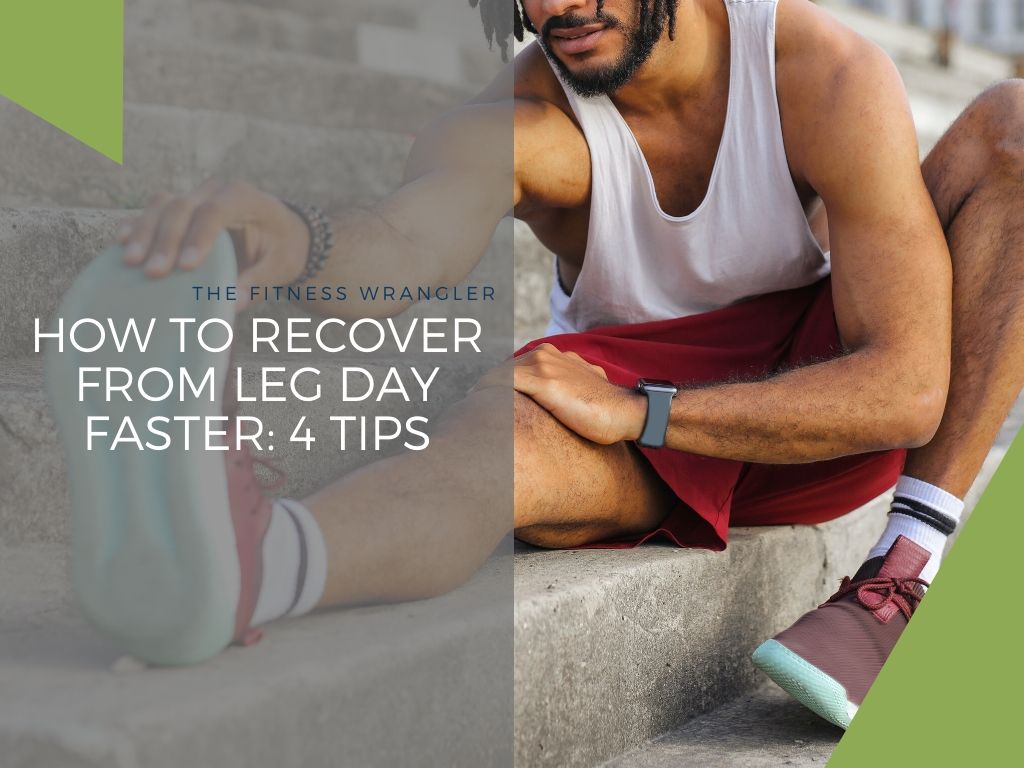


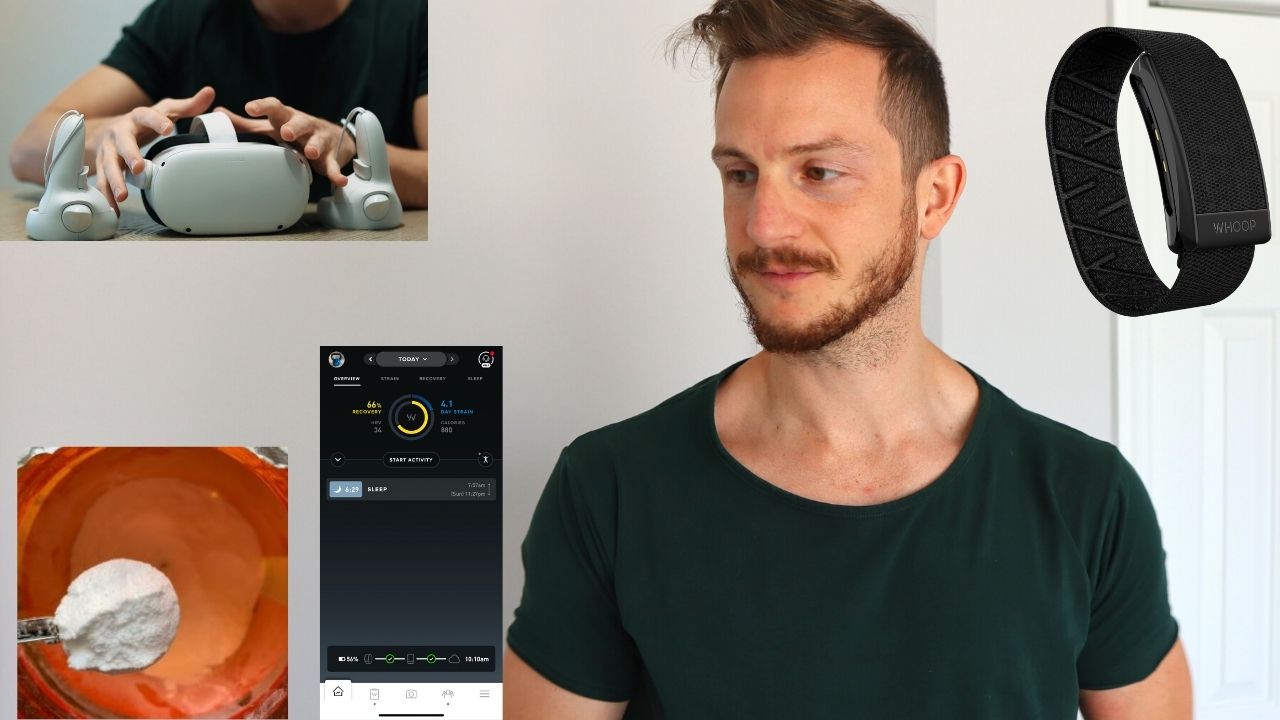
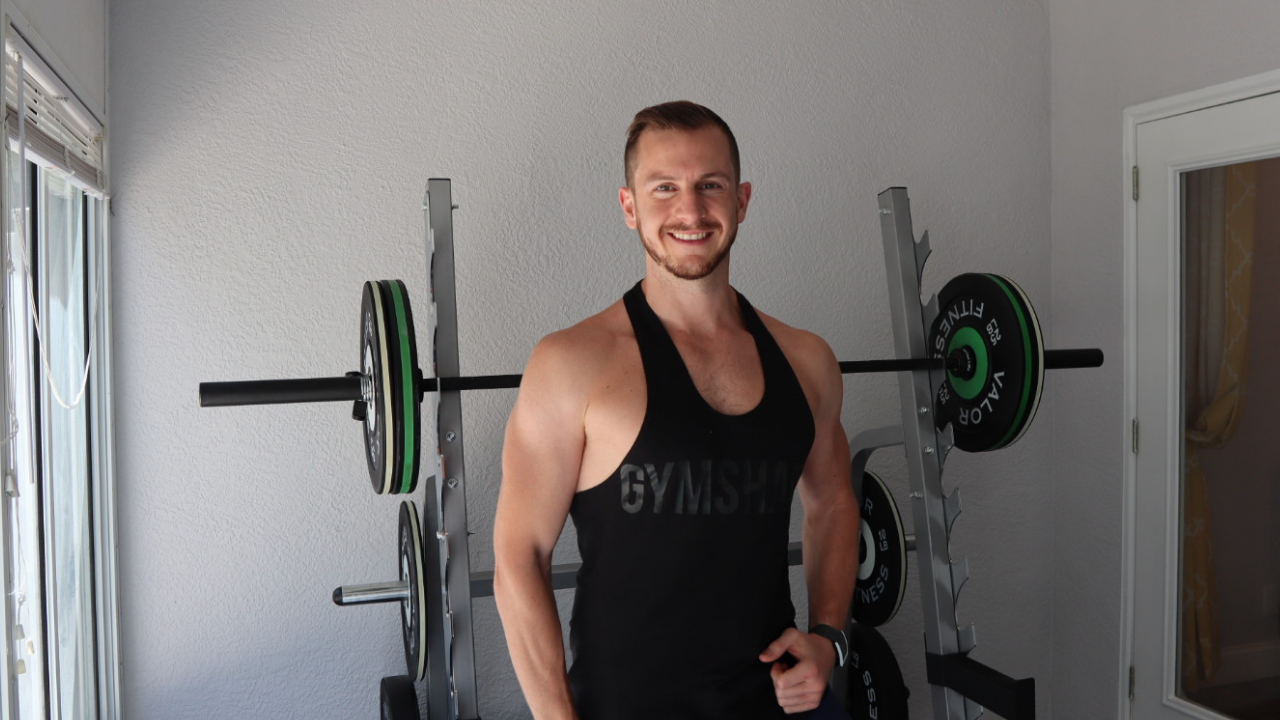
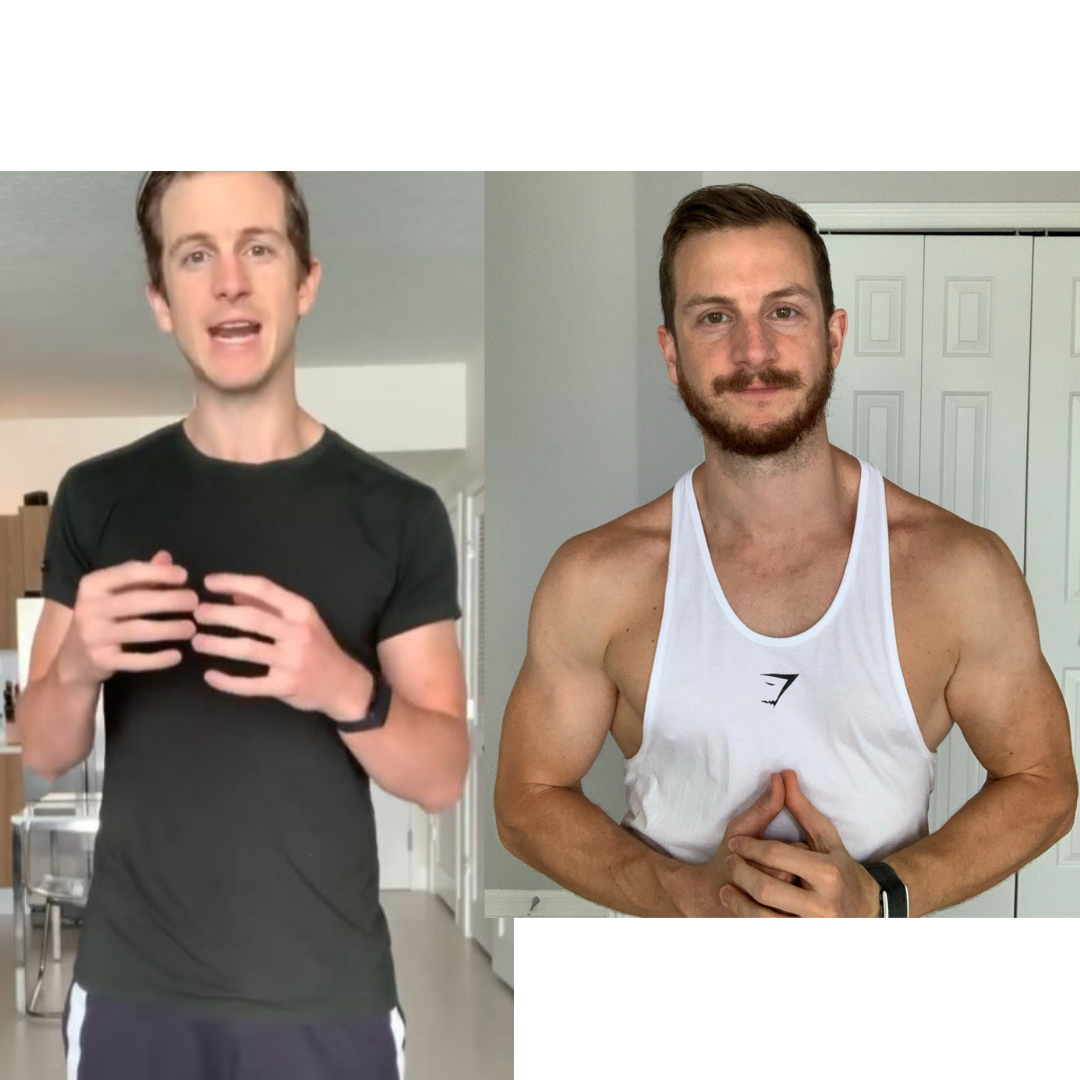
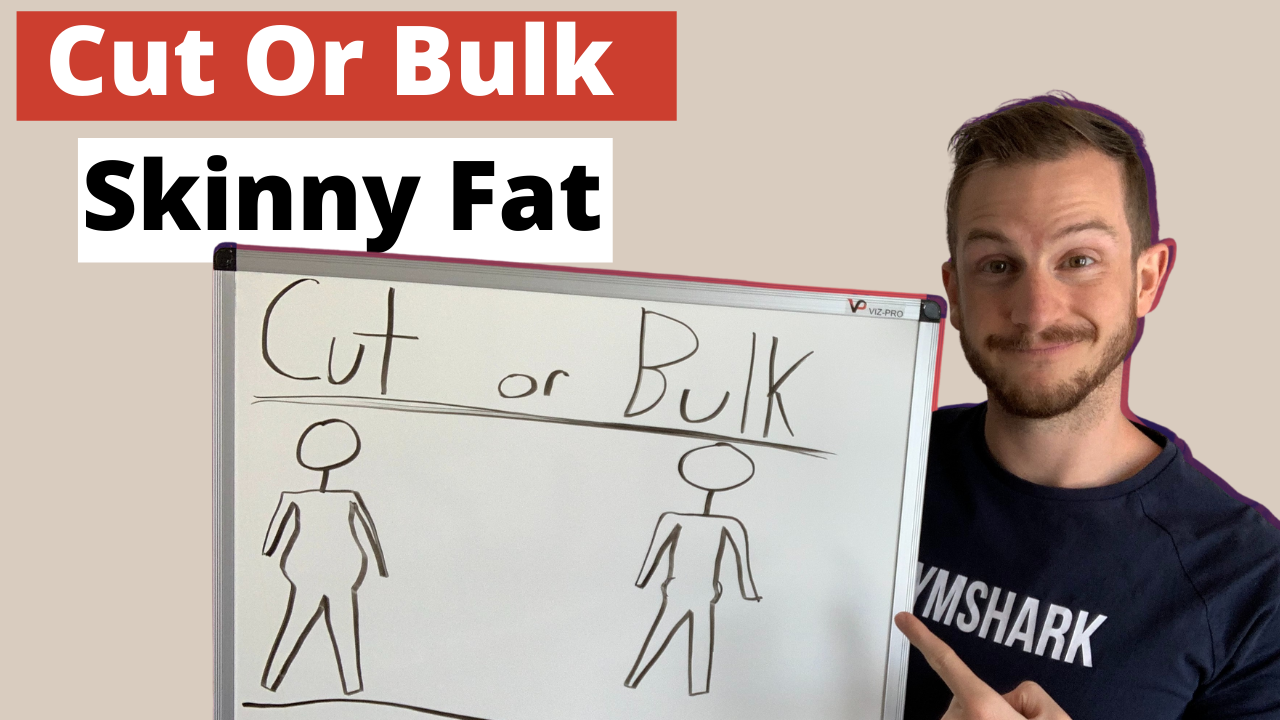
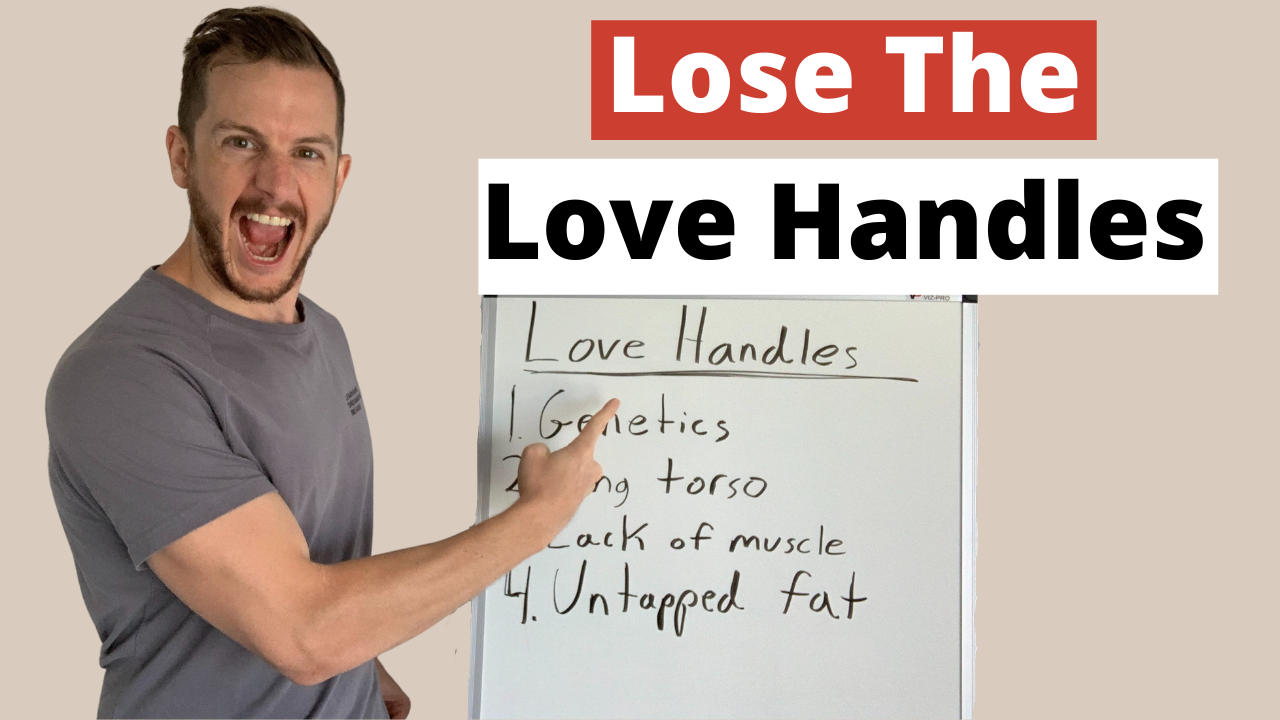

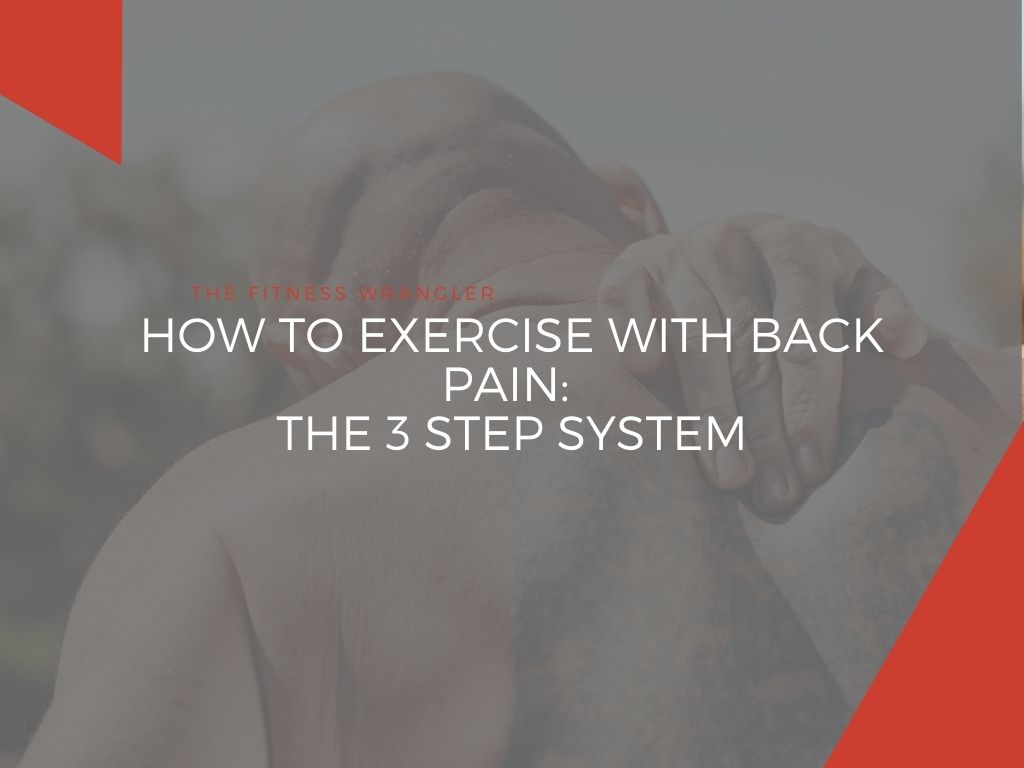
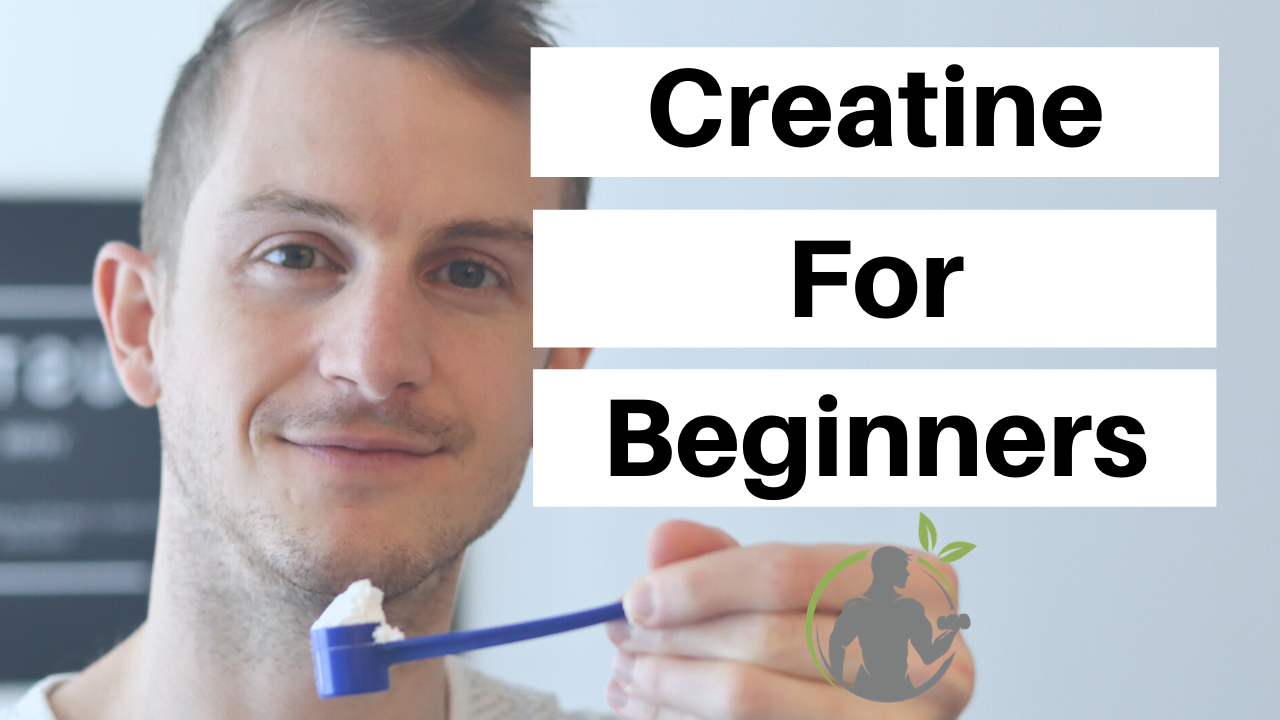
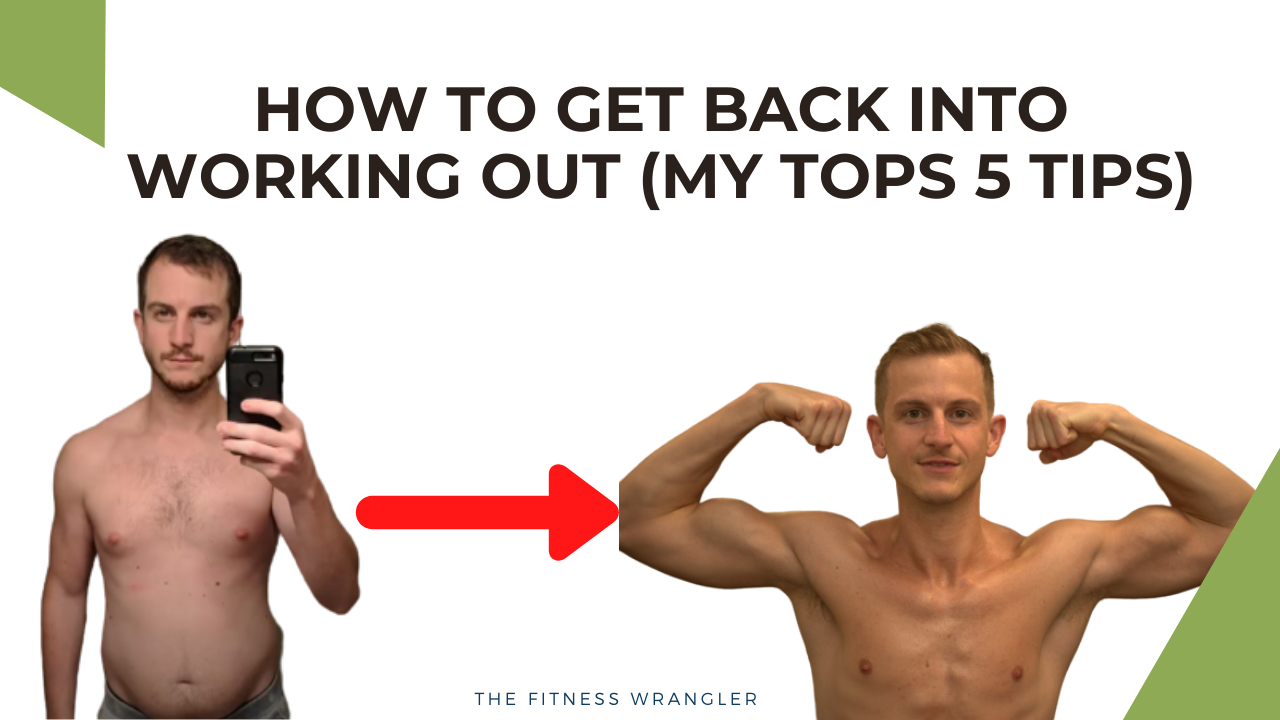
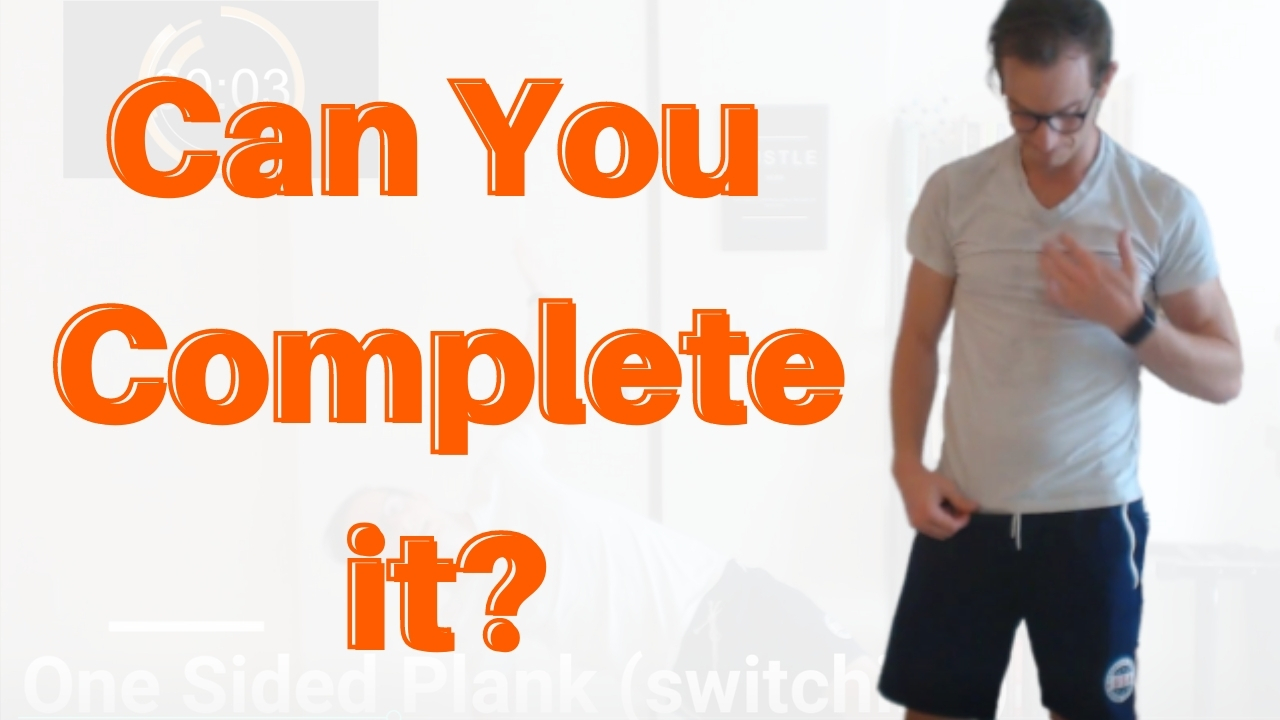
Leave A Comment